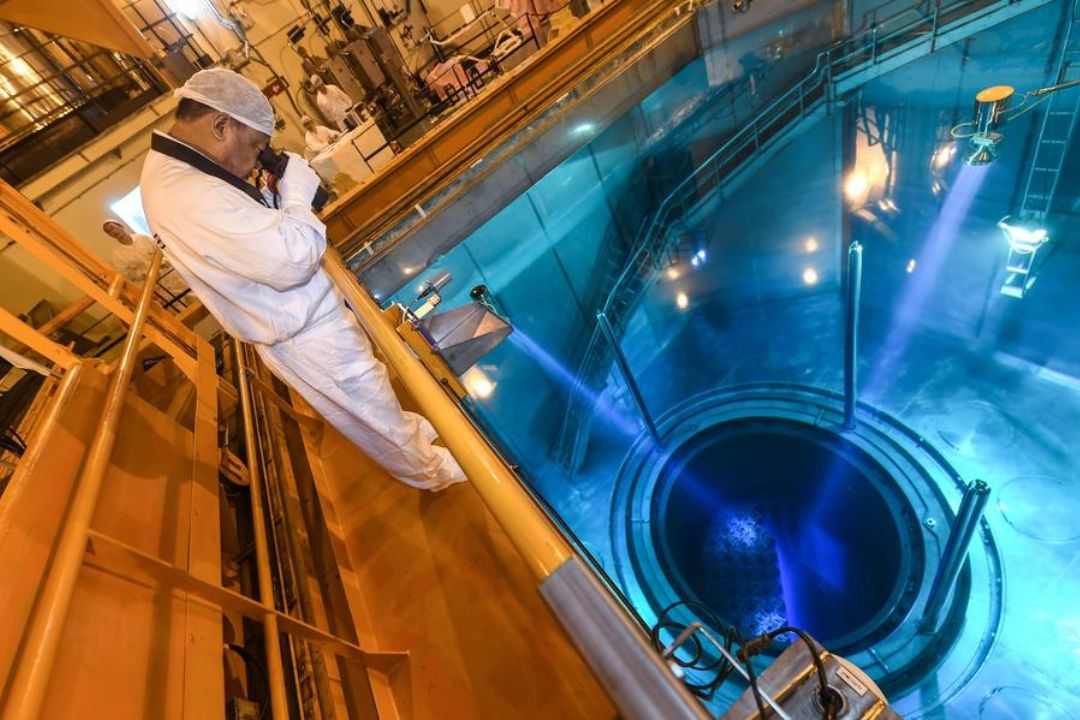
While China and France celebrate the 60th anniversary of the establishment of diplomatic relations, a characteristic of cooperation between the countries draws attention: cooperation in nuclear energy spans four decades, since the establishment of the Daya Bay Nuclear Power Plant, a plant located on the southeast coast of the country. Asia, which became one of the first nuclear power plants built to meet China’s growing demand for electricity.
The plant began commercial operation in 1995. EDF (French power company) and its Chinese partner, China General Nuclear Power Group, started another project nearby: the Ling Ao Nuclear Power Plant, which began commercial operation in 2002. In 2008, the two partners created a joint venture to build and operate two nuclear reactors based on European Pressurized Reactor (RPE) technology in Taishan.
“We were the teachers and now the student has surpassed the master,” said Philippe Taurin, who worked at Daya Bay as a security advisor from 1993 to 1995 and then at Taishan as deputy director general from 2014 to 2018. “In the nuclear area, You can’t stay at the same level, you need to keep progressing, and progress means learning from the experience of others.”
After the golden age of the 1970s and 1980s, the French nuclear industry fell victim to its historic success. More than 50 reactors were built during this period, guaranteeing France an ample supply of electricity at affordable prices. However, the industry has seen a significant decline since then, marked by a lack of new reactor construction and a gradual reduction in the number of qualified professionals over the last decade.
As of 2020, nuclear energy has once again become a necessary part of the French energy scope and a tool to achieve carbon reduction targets. This change was announced by French President Emmanuel Macron in 2021 as part of the “France 2030” investment plan, with the construction of 14 RPE reactors.
Meanwhile, China has grown to become a significant player in the industry. “After launching 10 new plants in 2022, 10 more were launched in 2023”, said Fabrice Fourcade, current EDF general delegate in China, mentioning that now the Chinese nuclear fleet is one of the largest in the world “At a global level, increasingly More people realize that nuclear energy is a useful and, in some places, indispensable tool for decarbonizing our economies and combating climate change. In this context, the partnership between France and China must continue and be consolidated,” said Fourcade.
Felix Torres, a historian specializing in the history of French companies and author of “The Shared Path”, a book about the history of EDF in China from 1983 to 2011, also believes in “a renewed of France-China cooperation on a large scale.”
“Currently, the two countries with the biggest construction ambitions are France and China,” Fourcade said. “There is a real interest in capitalizing on our 40 years of technological partnership, the industrial proximity between our nuclear fleet, to ensure the best possible success for new construction programs in France and more widely in Europe.”
Source: http://www.chinahoje.net/colaboracao-entre-china-e-franca-em-energia-nuclear-continua-promissora-apos-quatro-decadas/

